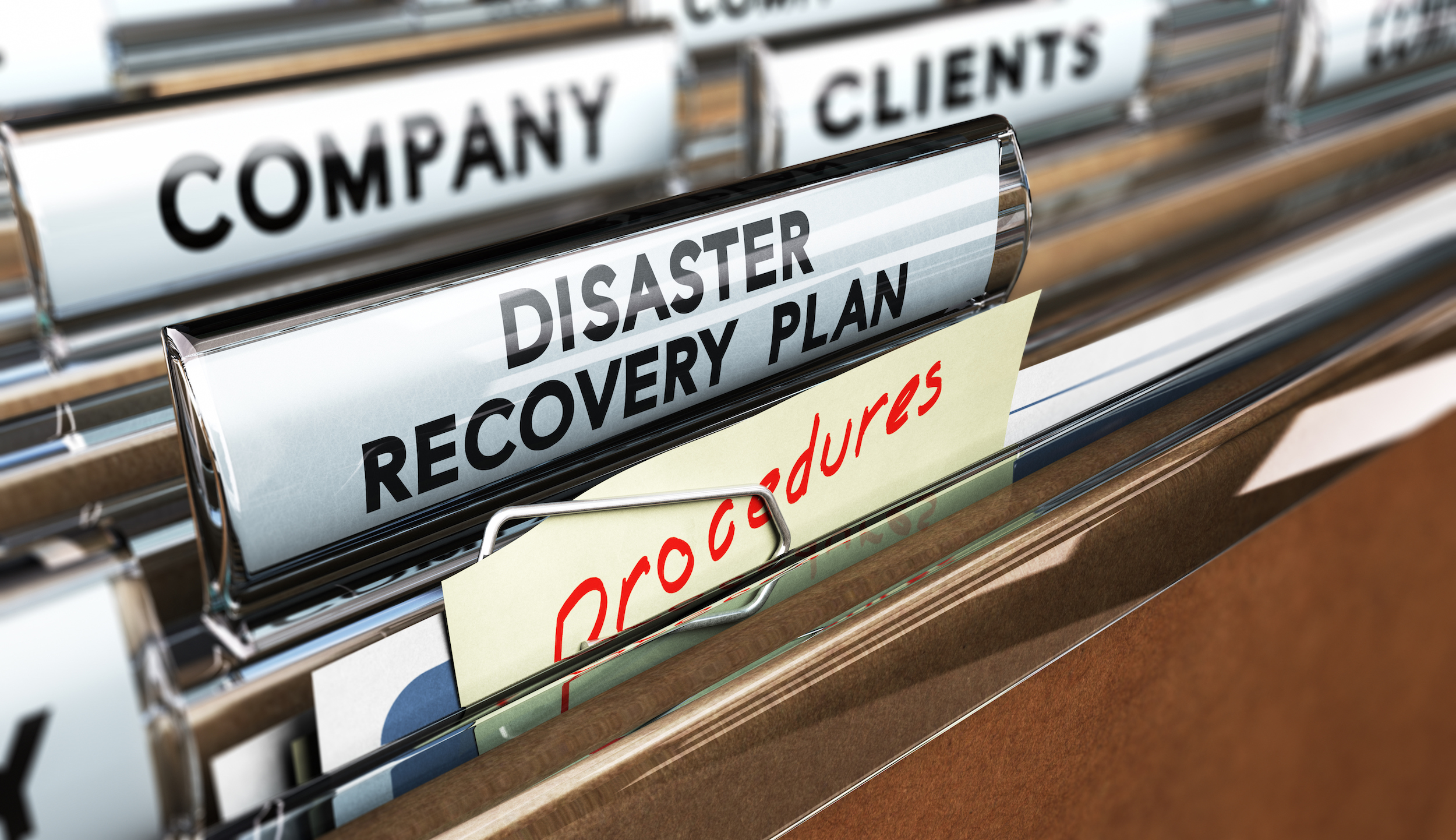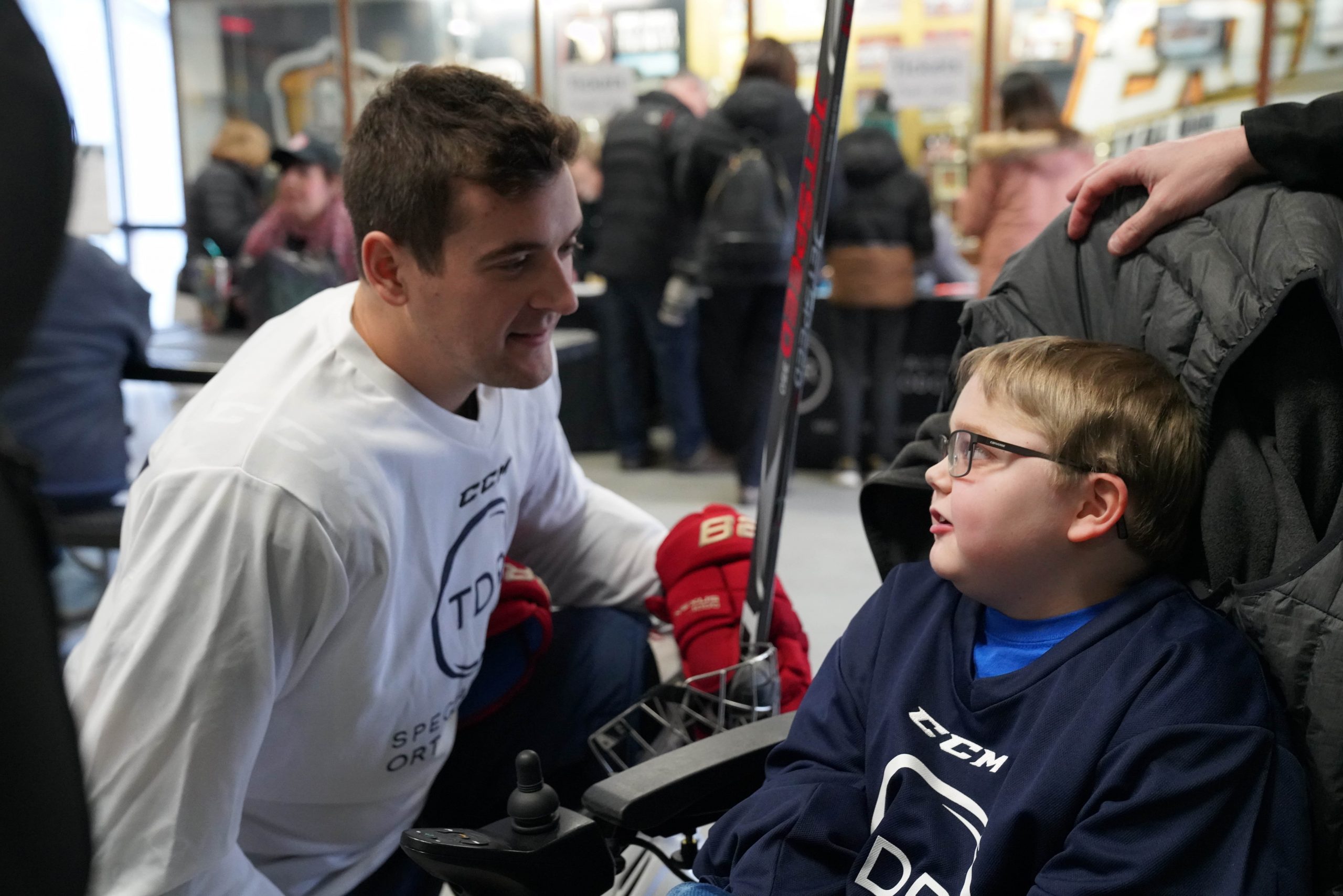
What to Know When Partnering with a Media Personality
By: Kyle Cronin
When generating visibility and awareness for a client event or campaign, we’re always looking to deploy the right strategy to meet the needs of the program. One would think this formula is pretty simple: Go out, pitch stories and land media coverage. However, depending on the focus or goals of the campaign or event, the approach we suggest may change. In some cases this might mean creating a media partnership in lieu of just securing media coverage.
First, let’s define the difference between media coverage and a media partnership.
Media coverage: A news outlet commits to highlighting an event or campaign before, during or after it takes place. This is pure, earned media at its finest.
Media partnership: A news outlet or media personality plays an active role in shaping a campaign or event, even participating in some capacity. Media partnerships can range from in-kind support to paid sponsorship, and the role of media is a bit more defined. Media coverage can just be one component of the engagement.
Whatever the partnership entails, securing an outlet as a stakeholder in your event or campaign can go a long way in reaching and creating a lasting impact. Plus, securing an on-air personality adds another level of star power.
Identity had the opportunity to support media relations efforts earlier this year for a charity hockey game hosted by client, TDR Orthodontics. The proceeds from the inaugural event benefitted Make-A-Wish Michigan®. While companies of all sizes regularly host events to raise money for great causes, it’s easy for a charitable giving initiative to get lost in a sea of corporate giving efforts. In the case of TDR’s charity hockey game, we wanted to add an additional layer of support and star power to the program by identifying a media partner and personality who not only supported TDR’s mission, but also loved the game of hockey.
Brad Galli, sports reporter at WXYZ, was an obvious choice as our media partner. Brad’s love of hockey (yes, he did lace ‘em up and even scored a goal in the game) and dad to young children coupled with his natural speaking aptitude, positive energy and affable personality made him the perfect candidate for this particular event.
Based on our experience working closely with the media to create winning partnerships, here are some things to consider when partnering with a media personality for your next event:
Find Your All-Star
When researching the best fit for a local celebrity or media personality, it’s important to level set expectations around attainability. This depends on size and scale of the event and budget allocated toward paid media partnerships. If you’re working with a limited budget and need to secure a personality pro bono, it’s best to aim your outreach at a local personality you may have an existing relationship with or whose interests align directly with the cause or initiative in question.
It’s also important to establish the ground rules related to exclusivity for media coverage. If a station or outlet agrees to serve as a media partner, they may want some level of exclusivity or special access. This may also require the media team behind the event to focus on securing coverage within other channels.
Build a Good Team
Once your partner is identified and locked in, preparation is key. Outline exactly what you expect as part of the partnership and communicate the client vision for success. Work together to get the emcee/spokesperson familiar with the brand—the better they know who they’re representing, the smoother the partnership will go. Review campaign key messages, logistics and important details so they can be the best brand advocate.
It’s also imperative to communicate regularly over the course of the partnership. While it might seem obvious, delivering prep documents and confirming specific details like arrival times, locations and attire in advance can prevent miscommunication on event day.
Cover Your Bases
When securing a media personality as a partner, media attention is a critical component to the process. Working with your media contact closely enhances the likelihood of coverage from their media outlet. However, if the partner outlet isn’t able to send a photo or video crew to your event, plan on capturing your own visual content to be used as b-roll footage or accompanying photos in follow-up media communications.
Landing solid coverage through your media partner is important, but don’t forget about other outlets. Local publications like daily newspapers and community calendars provide valuable exposure within the communities they cover, especially for events with a charitable component.
Working with a personality who is well known in the market is also valuable to the broader communications strategy. As more reporters become local influencers, their personal social media followings will also be critical to amplifying your client’s message. Brad Galli shared the story of the TDR charity hockey game on-air and posted the video on his personal Facebook page:
Nurture the Relationship
After the confetti has fallen and the fans have cleared, the partnership doesn’t need to end there. Evaluate the success of the event based on the expectations set at the beginning of the partnership. Was coverage secured as expected? Were all goals for the event or campaign met?
Most importantly, take the time to personally thank your media partner for their time and effort. The value of building strong working relationships with local media contacts is immeasurable and could lead to big opportunities down the road.



